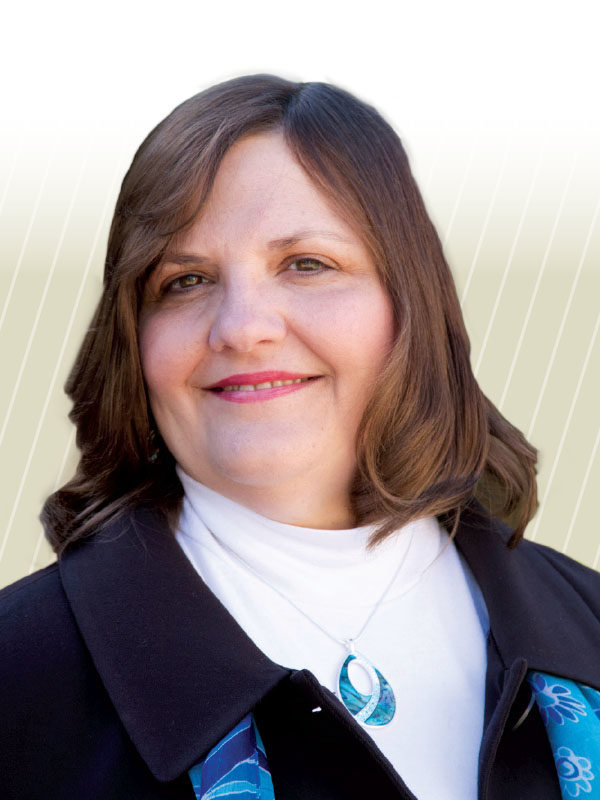If you follow Lisa A. Frace in her spare time, you could be in for a wild ride … on a roller coaster. The associate vice president of planning and budget at Arizona State University (ASU) in Tempe enjoys the stomach-churning thrills of Space Mountain at Disneyland and Rock ’n’ Roller Coaster Starring Aerosmith at Walt Disney World.
“When I was growing up, my family took vacations to amusement parks with new and interesting roller coasters,” she explains. Now, she and her husband and their teenage son and daughter continue that time-honored tradition.
“We’re all Disney nuts,” she admits.
Frace, who earned an MBA with concentrations in finance and marketing from Penn State, is also passionate about her volunteer work with the Southwest Autism Research & Resource Center, where she is the treasurer, and WACUBO, where she serves on three committees.
After eight years at ASU, what would you say is your biggest success?
We overhauled the budgeting process and implemented a system that allows our end users to create detailed budgets and allows us to completely analyze them. Prior to that, budgets were done on spreadsheets. Our budgeting tool allows us to do very deep dives and slice-and-dice analysis on not only budgets, but also on actual activity, both historical and current.
How are the analyses being used?
To help drive overall changes in the university. Our president has a very clear vision to be the new American university. We want to be known for who we include, rather than who we exclude, and to redefine the way higher ed behaves so it is less stovepiped and more integrated and interdisciplinary.
How’s that working?
We have been very successful in a number of measures. Our research volume has increased substantially in the last 10 years. We currently have more than 76,000 enrolled students on four campuses and several other locations, and we have a number of innovative programs to improve student success.
What mistakes are institutions making in their financial planning?
I’m not sure what other institutions are doing, but I think defining a road map for the future is very, very important. We look out five years and beyond. Of course, we also take an immediate, moderate-term view so we know how we’re going to get through the current year.
What’s the biggest issue you see facing higher ed?
The tendency to question whether college is a worthwhile investment. There seems to be an awful lot in the media about that, even though all indicators absolutely support that a college education is one of the best investments any individual can make. We need to make the benefits very clear.
If you could change one policy at ASU, what would it be?
To allow us a little bit more control over cost areas currently controlled by the state, like health care and insurance. We could probably save money in those areas if we had the opportunity.
What makes you tick?
A good challenge. I like being involved. New things.
What ticks you off?
Doing things the same way just for the sake of doing things the same way.
What gives you the most satisfaction in your work?
New opportunities, even if they don’t typically fall within the realm of the planning and budget office. For example, I chair and manage a university sustainability revolving fund with about $6 million invested in projects. Part of the purpose of the fund is to demonstrate that sustainability is—and can be—very good business.
Can you provide an example?
Sure. Some are no brainers, such as providing funds to insulate pipes. That project, which was fairly small and easy to do, had a very high return on investment, almost 21 percent. Sustainability is a significant effort at the university in both academia and in practice.
MARGO VANOVER PORTER, Locust Grove, Virginia, covers higher education business issues for Business Officer.



